Euphorbia Lactea White Ghost Forming Dark Spots
westes Zone 9b California SF Bay
6 years ago
Featured Answer
Sort by:Oldest
Comments (24)
Kara 9b SF Bay Area CA
6 years agolast modified: 6 years agowestes Zone 9b California SF Bay
6 years agoRelated Discussions
Euphorbia White Ghost and Other Special Babies
Comments (7)Thanks guys :). Yes I was so excited to get the Euphorbia 'white ghost' its so beautiful its almost doesn't seem like a real plant, more like an alien maybe :P. Wow bamboo turtles five foot! They are super slow growing I'm told so imagine how old it is! The lady who sold mine to me said it must always stay inside as it is very sensitive to the sun. kaktuskris- I think there must be something they like about New Zealand because in summer they nearly grew before my eyes! I have photo's taken about every two weeks (I had a young baby who slept often then, now I have a toddler I have to keep them away from!) and I look back and am amazed at there growth! They have all but stopped now though, or so it seems. Where are you from? Newnie- no I didn't have a hundred and all germinated, but I have about 80 now! I brought the seeds in lots five with varying germination results. My husband would get a shock if I germinated 100 at one time, heehee. For those who haven't please check out my other post 'My babies (2nd try)' for more adenium pics :P....See MoreEuphorbia Lactea, dry tips and spots
Comments (9)Generally speaking, if you've got a funny patch on a succulent and it's hard, it's nothing fatal. What you've got is very likely just corking brought on by less-than-optimal conditions (I have a red-spined monstrose cactus that has a couple of those spots and a film of corking over much of the base. It's fine, though it's getting a lot more water next year). The plant as it is now will look pretty scabby once all the corked spots are done filling out, but big plants produce big growth and in a couple of years there'll be enough green to distract the eye. Corking is natural in many of these species that eventually grow into tree shapes (note that the majority of the patches are around the joints), but can be accelerated by hard conditions. What did those eggs look like, by the way? I'm wondering if they were actually something else....See MoreSome new Euphorbia's
Comments (6)Stush, I do not mind at all. I love everyone's plants and glad you did. New to the C & S forum. I grow Adeniums and some Pachypodiums. They take up so much of my efforts. Jamie's nursery is truly a work of Art. Always feel when I walk away, that I have not seen it all. Only an hour away, so not that far. Rick...See MoreEuphorbia lactea rot help :(
Comments (6)Very nice offer Stush I'm all set with green and would only hoard anything for years to come that' has ' white' in it's name Tip for the OP: Just as I would do treat a baby as a baby and/or treat an ailing plant as an ailing plant Meaning you may have to loose some optimal growing season this season if yours is to go outside . For the size it is & at this point as is and if to warm ( As mine do enjoy it very warm here) If mine I'd concider keeping it inside open windows during them hotter days of June and July & even parts of August I'm almost certain the higher warm temps would fry a plant that size rather quickly outside in the same warm sunning as a more established one. @ stush LOL Although yours are a nice viny length and leafy with nice coloring there is no way in heaven or hell would my photos get that sun spot at any time of year....See Morewestes Zone 9b California SF Bay
6 years agowestes Zone 9b California SF Bay
6 years agowestes Zone 9b California SF Bay
6 years agoKara 9b SF Bay Area CA
6 years agolast modified: 6 years agowestes Zone 9b California SF Bay thanked Kara 9b SF Bay Area CAwestes Zone 9b California SF Bay
6 years agoKara 9b SF Bay Area CA
6 years agolast modified: 6 years agowestes Zone 9b California SF Bay thanked Kara 9b SF Bay Area CAwestes Zone 9b California SF Bay
6 years agoKara 9b SF Bay Area CA
6 years agolast modified: 6 years agowestes Zone 9b California SF Bay thanked Kara 9b SF Bay Area CAwestes Zone 9b California SF Bay
6 years agoSoCal Stewart (San Diego, Ca Zone 10A/10B)
6 years agolast modified: 6 years agowestes Zone 9b California SF Bay thanked SoCal Stewart (San Diego, Ca Zone 10A/10B)westes Zone 9b California SF Bay
6 years agolast modified: 6 years agoSoCal Stewart (San Diego, Ca Zone 10A/10B)
6 years agowestes Zone 9b California SF Bay thanked SoCal Stewart (San Diego, Ca Zone 10A/10B)westes Zone 9b California SF Bay
6 years agowestes Zone 9b California SF Bay
6 years agolaticauda
6 years agolast modified: 6 years agowestes Zone 9b California SF Bay
6 years agoJeff (5b)
6 years agolast modified: 6 years agowestes Zone 9b California SF Bay
6 years ago
Related Stories

BATHROOM DESIGNBath of the Week: Black, White and Classic, With Some Twists
Black trim and tile keep an otherwise snowy bathroom in a 1910 home from feeling sleepy
Full Story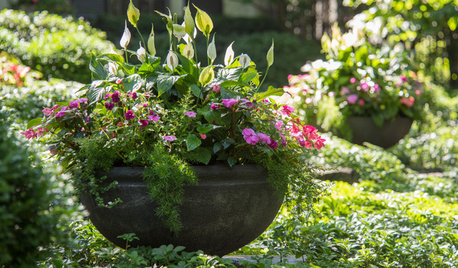
GARDENING GUIDES14 Beautiful Container Gardens for Shady Spots
These dynamic potted plant combinations thrive in partial to full shade — perfect for the porch or a shady bed
Full Story
GARDENING GUIDESGreat Design Plant: Snowberry Pleases Year-Round
Bright spring foliage, pretty summer flowers, white berries in winter ... Symphoricarpos albus is a sight to behold in every season
Full Story
FLOWERS AND PLANTSThis Tall Cactus Stands Out in Drought-Tolerant Gardens
Mexican organpipe cactus, or Stenocereus marginatus, grows quickly to reveal green stems outlined in white
Full Story
MOST POPULARMeet a Lawn Alternative That Works Wonders
Carex can replace turfgrass in any spot, is low maintenance and adjusts easily. Add its good looks and you’ve got a ground cover winner
Full Story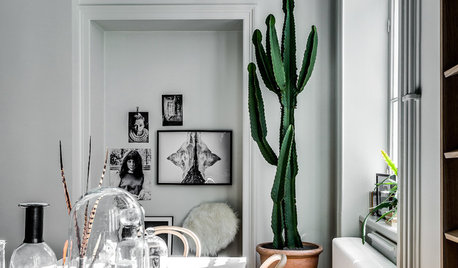
HOUSEPLANTSCandelabra Tree Is One Cool Cactus Look-Alike
Here’s everything you need to know about growing this dramatic, easy-care plant indoors
Full Story
PLANTING IDEAS3 Color Palettes to Help Set Your Garden’s Mood
Select plants in these color combinations to create an outdoor space that’s cheerful, energizing or calming
Full Story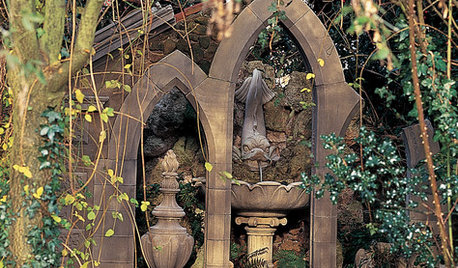
HALLOWEEN10 Spooky Halloween Decorating Ideas to Try in Your Garden
Holey pumpkins, skeleton-like branches, decaying sunflower heads and more can make for wonderfully creepy decor
Full Story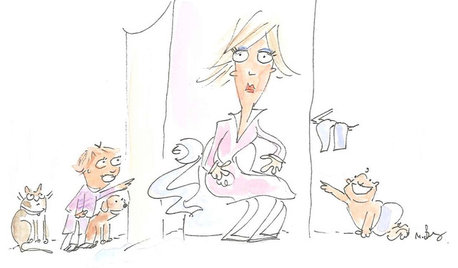
LIFE21 Things Only People Living With Kids Will Understand
Strange smells, crowded beds, ruined furniture — here’s what cohabiting with little monsters really feels like
Full Story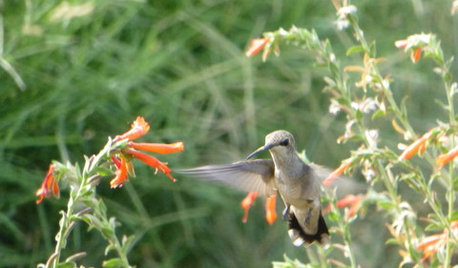
GARDENING GUIDESSweet Serendipity: Opening to Happy Garden Discoveries
Unplanned nature scenes can be unbelievably beautiful; you just need to know how to look
Full StorySponsored
Columbus Design-Build, Kitchen & Bath Remodeling, Historic Renovations



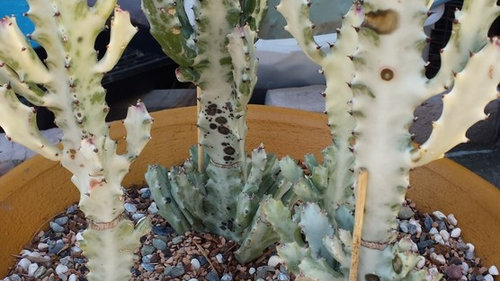
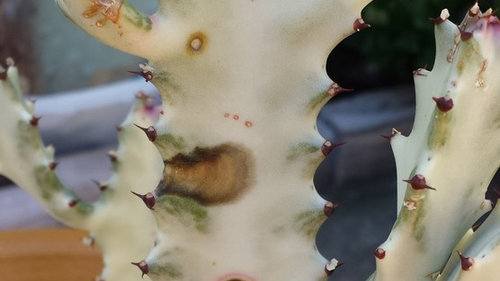




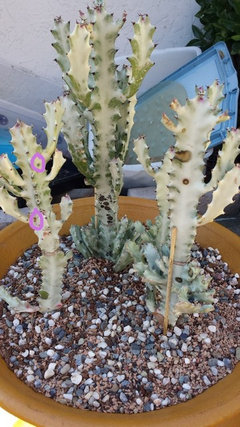
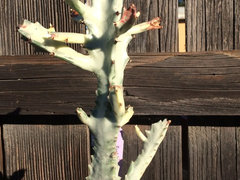




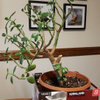
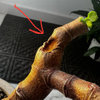
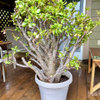
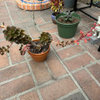
andy_e